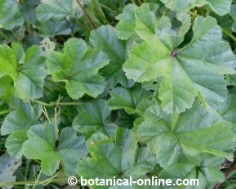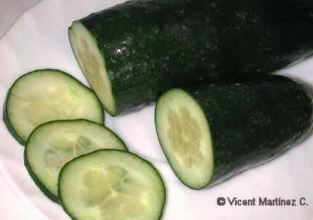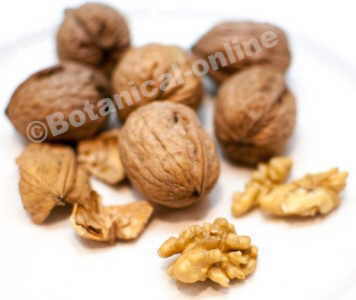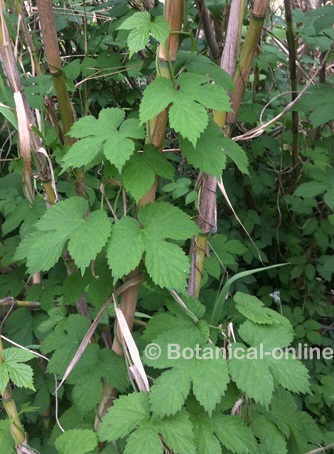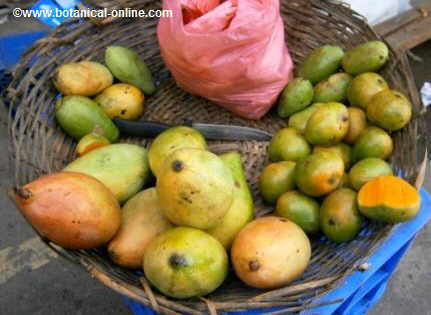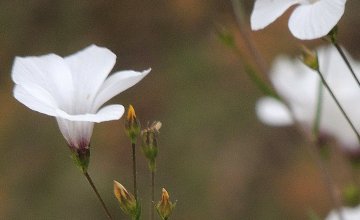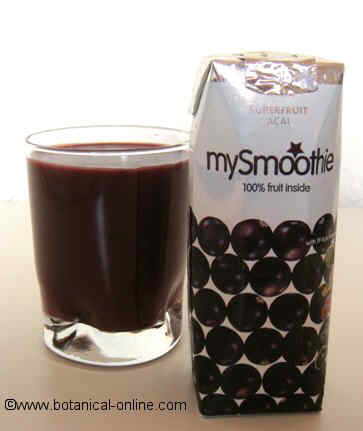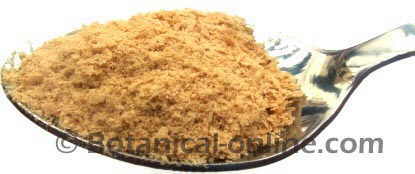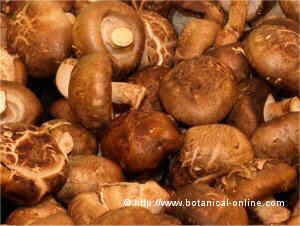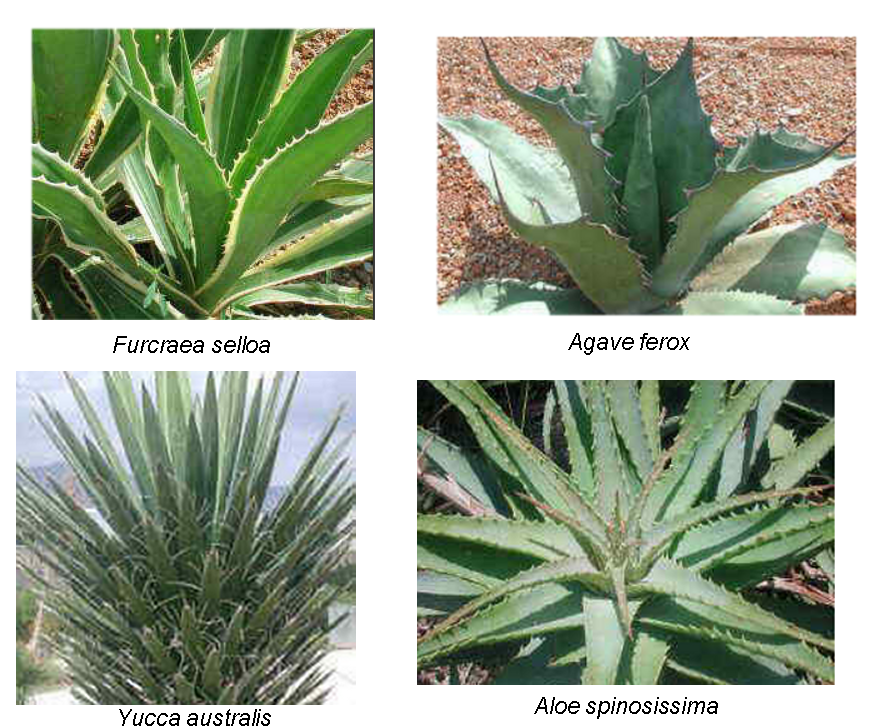Contents
Medicinal plants for contact dermatitis
Phytotherapy: Herbal remedies for the treatment of contact dermatitis
The role of phytotherapy in the treatment of contact dermatitis is to provide those plants that fulfill some of the following functions:
- Plants that soften and hydrate the skin
- Plants to help prevent the onset of allergies.
- Plants that reduce the itching, swelling or irritation.
- Plants which prevent blisters or pustules to become infected
Among the main plants we can mention the following:
External use medicinal plants preparation for contact dermatitis
- Thyme: (Thymus vulgaris) Because of its s antiseptic properties it is possible to be used to wash the affected parts, which can be useful to prevent that they become infected or to heal those that are infected. (Prepare a fully charged infusion of flowering tops and make washing the affected area)
- Mallow: (Malva sylvestris) for its mucilage content, it softens the skin and also helps eliminate other manifestations of the same, such as pimples, pustules, sores, etc. (Decoction of 40 g of dried leaves in one liter of water. Apply a compress soaked with the liquid resulting in quarter of an hour twice a day)

Mallow leaves
- Chamomile: (Matricaria chamomilla) Its wealth in mucilage gives it a repair of skin conditions, the large presence of compounds with antiseptic properties and vulnerary apigenin, chamazulene, gentisic acid, etc make it very convenient care and repair of skin conditions (Apply wet compresses on the affected part. Baths will be made fully charged with an infusion of dried flowers in a couple of liters of water for 15 minutes. The flowers should be of the annual harvest. They must not be stored over a year.)
- Aloe (Aloe vera) The aloes has antiseptic, antibacterial, antiinflammatory, hydrating and regenerating properties. (Apply aloe gel to the affected area)
- Oats (Avena sativa): Oatmeal is very useful to relieve itching. Apply a cold compress with water oats. To do this, use the liquid from the infusion of a half cup of oats per liter of water. Squeeze the mixture to remove the liquid and cover with the compress.
- Calendula or wild wonder: (Calendula officinalis, Calendula arvensis) These plants have antibiotic or antiinflammatory properties, very suitable for the treatment of contact dermatitis. (Infusion of a spoonful of flowers per cup of water. Wet the affected area.) (Use a few drops of essential oil diluted in water)
- Cucumber: (Cucumis ssp.) A good way to make a smoothing cream is to grind a couple of cucumbers in a blender and spread the crushed pulp as a cream on the skin for half an hour or three quarters of an hour.

Cucumber
- Plantain: (Plantago major) Fresh plantain leaves are one of the best vulneraries, that’s to say, they have the property to disinfect and promote healing. This property is attributed both to its richness in tannins, with healing and hemostatic function and to its richness in
Allantoin is a substance that has the ability to stimulate the growth of skin cells and replace those who were damaged. By doing this, it produce the skin regeneration. This is why this component is used in the cosmetics industry and becomes part of the composition of creams for all skin types.
Without going into the sophistication of these creams, some fresh leaves of this plant, washed and applied to a wound, will help stop the flow of blood, heal and prevent the risk of infection.
- Avocado: (Persea americana) Used externally, for its richness in vitamin D and vitamin E to stimulate collagen formation as well as saponins, is a good balm for the skin, ideal for treating the same problems, especially in cases of eczema and dermatitis that can be fought using a cream made with the pulp of the fruit or by external application of oil.

Walnuts
- Walnut: (Juglans regia) The astringent, antifungal and antiseptic exerted by juglone from the leaves and covers the nuts are used as vulnerary and bactericides. Can be used to treat skin problems like eccemas, psoriasis, dermatitis, pustules, pruritus, etc.(10% infusion of dried leaves in a book of water. Apply wet compresses to the affected area) (Pour a handful of dry leaves in the bath water)
For the treatment of scabies make a decoction of a handful of shells nut in a liter of water until the water decreases to 50%. By rinsing with the resulting liquid)
- Pomegranate (Punica granatum) Pomegranate is adequate in external use for the treatment of skin diseases for its antibacterial and astringent properties to promote healing and protect against infection (decoction of three tablespoons of dried bark per liter of water for 10 minutes. Apply the liquid from the previous decoction on the affected skin)
- Raspberry: (Rubus idaeus) Externally the astringent properties of tannins and the vulnerary properties of ascorbic acid, benzoic and caffeic along with its richness in zinc, give it vulnerary properties, appropriate to remedy external problems of the skin. The previous preparation can be used to apply externally to heal anomalies like wounds, eccemas, dermatitis, acne, itching in the skin, etc. (Decoction for fourth time in five tablespoons of dried leaves per liter of water. Let stand 15 minutes more. Wash affected area with the resulting liquid)

Hops leaves
- Hops (Humulus lupulus) The caffeic acid, chlorogenic and ascorbic acid as well as their high zinc content give hops the vulnerary properties suitable for the external treatment of certain skin conditions such as eczema, dermatitis or skin ulcers. (Dip a swab a few drops of tincture of hops, diluted in a glass of water and apply on affected area)
- Chickpea (Cicer arietinum) in the medicine of India, raw chickpea flour mixed with yogurt or curd applied on the skin is used to combat eczema, dermatitis, pimples and other skin imperfections.
Internal use decoctions to treat contact dermatitis
- Sarsaparilla (Smilax aspera) Its purification capacity makes it a good remedy for treating skin anomalies which, in most cases, manifest as a result of an excess of toxins in the body (Maceration for 12 hours of 2 tablespoons of dried root in a pint of water. Decoction mashing for 20 minutes. Take a couple of glasses a day).
- Mango (Mangifera indica) Besides the vitamin A and vitamin C, mango is rich in vitamins of the group B, among which there are the niacin (B3 Vitamin) necessary for the good operation of the nervous system, the health of the skin and the metabolism of fats and, mainly, in pyridoxine (B6 vitamin) whose importance is transcendental for the synthesis of the amino acids and the metabolism of fats, as well as the health of the hair, the skin or the balance of the liquids in the organism.
Therefore, eating mango is a good way to prevent hair loss or dermatitis.
Mangos in a street market
Other natural remedies for contact dermatitis
- Home remedies: Among home remedies to avoid the itch we can mention the baths with oats or the application of baths with temperate water in which sodium bicarbonate in the proportion of a spoonful by each half liter of water has been dissolved.
![]() More information on contact dermatitis and other types of dermatitis.
More information on contact dermatitis and other types of dermatitis.

